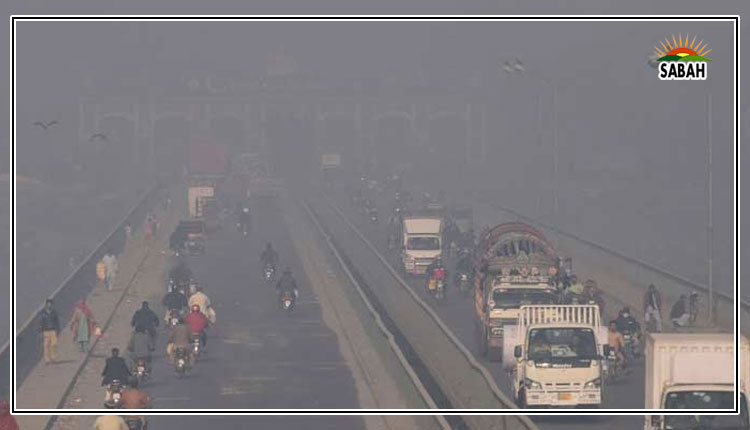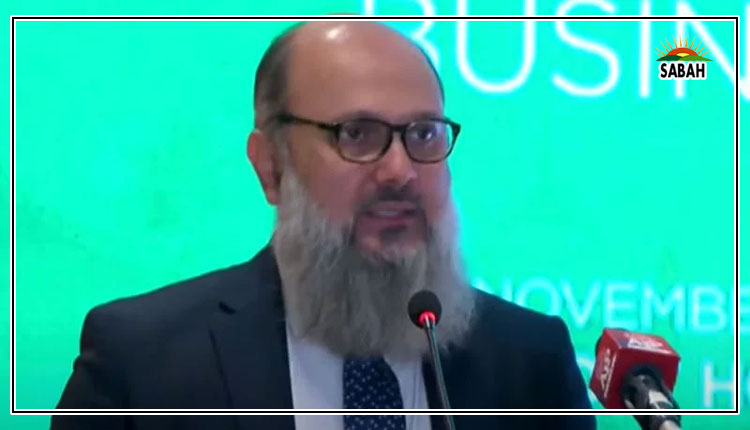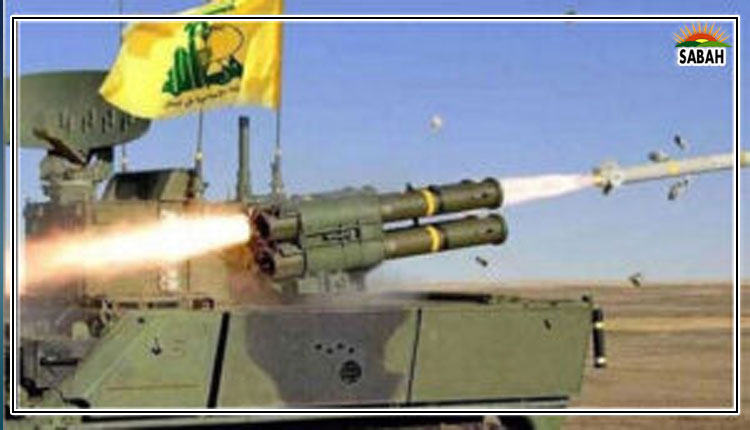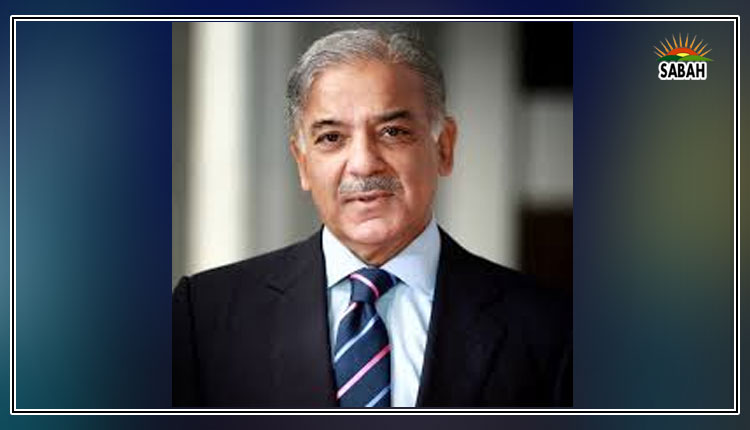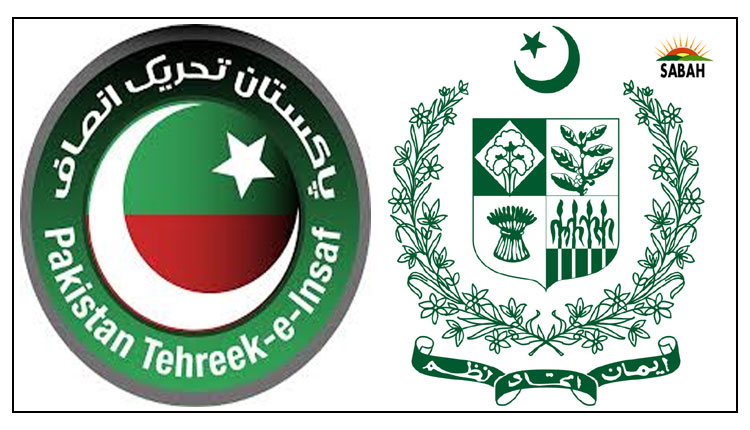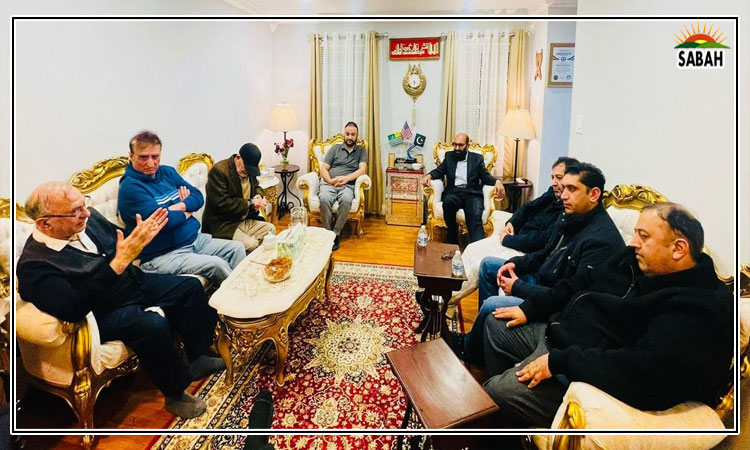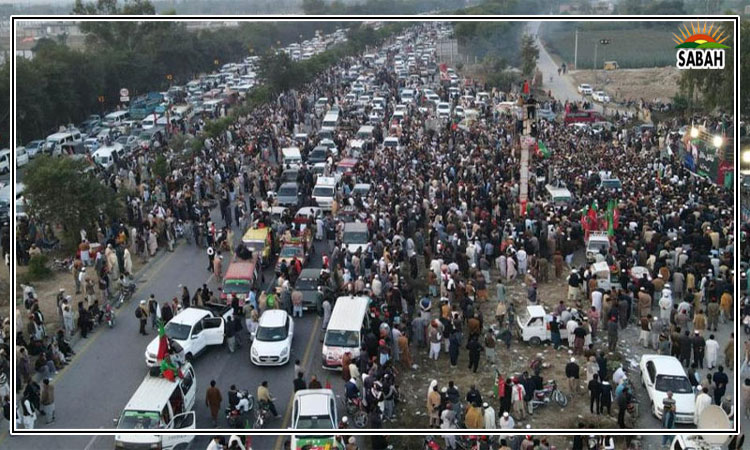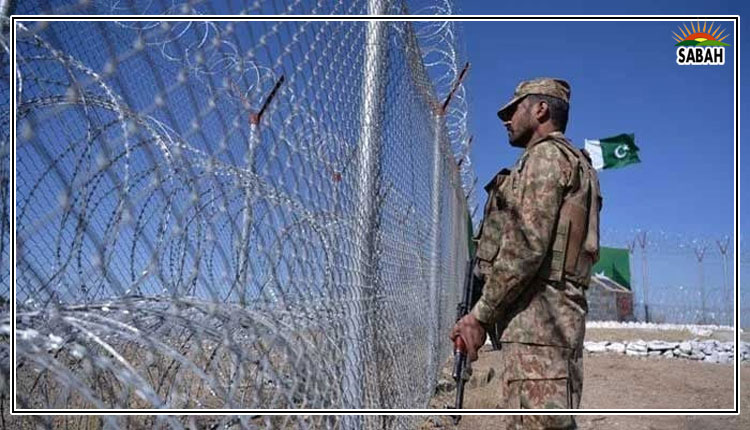A case for peace…Yasir Hussain
South Asia is one of the most volatile regions in the world, where antagonistic nuclear powers India and Pakistan have, time and again, failed to develop effective communication channels and crisis management mechanisms.
Throughout history, the region has remained dependent on third-party mediation. The absence of dialogue and trust-building measures makes the region vulnerable to extremely dangerous crises.
Much of the criticism goes to India, primarily for its reticent approach to engaging in bilateral arms control mechanisms with Pakistan. Its intransigent attitude towards peace initiatives has resulted in a diplomatic deadlock, which has now become a constant feature of Pakistan-India relations. Under these circumstances, strategic stability in South Asia remains a far-fetched dream.
Last year, in December, the UNGA First Committee endorsed four important resolutions put forward by Pakistan with widespread backing, although it is noteworthy that India stood as the sole dissenting vote. The resolutions titled Regional disarmament and Confidence-building measures in the regional and sub-regional context were adopted with consensus. Additionally, the resolution titled Conventional arms control at the regional and sub-regional levels received the endorsement of 186 member states, with only India casting an opposing vote.
While these resolutions emphasize the importance of pursuing arms control in regional and sub-regional contexts, Indias consistent opposition stands out as a stark reminder of the uncertain future of arms control in South Asia.
Indias recent successful test of the Agni-V missile equipped with multiple independently targetable re-entry vehicle (MIRV) technology raises further questions about its commitment to its declared nuclear policy.
Several interpretations of Indias reluctant behaviour towards bilateral arms control arrangements exist. The signs are clear: the leadership in New Delhi has decided to give no space to Pakistan. Both political and military leadership in India understand that the Indian economy has been performing well. Thus, it can afford to divert significant resources to its defence sector. Without realizing the regional sensitivities, Western powers are equally eager to sell their sophisticated arms to India.
In February 2024, the US approved the sale of 31 MQ-9B armed drones to India at a whopping cost of $4 billion, enhancing Indias capability to meet its so-called current and future challenges through enabling unmanned surveillance and reconnaissance patrols in sea lanes of operation.
With US arms sales, Indias appetite for sophisticated weapons appears to have even further increased. Indian Defence Minister Rajnath Singh recently revealed that India plans to allocate nearly $100 billion towards defence expenditures over the next decade.
The Modi government has also taken several initiatives, including Make in India, to indigenize weapons production so that India could further reduce its reliance on major powers for its defence needs. However, according to the Stockholm International Peace Research Institute (SIPRI), India remains the worlds top arms importer.
Interestingly, with an 11 per cent share in global arms imports, India was the biggest importer of weapons in 2018-22. With increased domestic weapons production, there has not been a massive reduction in Indias arms purchases.
During PM Modis visit to the US last year, both countries agreed on a next-generation defence partnership, which includes the co-production of cutting-edge technologies such as jet engines and semiconductors. In addition, the Indian Ministry of Defence and the Pentagon have established a new military-tech incubator known as INDUS-X.
Americas generous arms supply to India is apparently aimed at bolstering Indias defence capabilities vis-a-vis China and, subsequently, a gradual reduction in Indian dependency on Russian arms. But, in contrast to US aspirations, India is neither in the mood to counter China nor ready to reduce Russian arms purchases, at least in the near future. For instance, India not only defied US pressure with its purchase of the Russian S-400 missile defence system but also refused to criticize Russian military action in Ukraine.
However, the influx of state-of-the-art weapons systems, in the backdrop of a burgeoning India-US strategic partnership, will only destabilize the delicate balance in the region. The possession of sophisticated weapons in Indias arsenal also confers a psychological advantage upon Indian policymakers, consequently reducing the scope for bilateral arms control measures. This superiority creates a mindset that prioritizes military strength over diplomatic negotiations, hindering progress towards mutually beneficial bilateral arms control mechanisms.
Policymakers in India are convinced that, with the rapid weaponization anticipated in the coming years, the power imbalance between India and Pakistan will become so significant that any potential peace negotiations would occur on terms favouring the militarily superior India. This thinking in New Delhi has completely shut the doors for diplomacy and dialogue between nuclear rivals.
Although Indias hawkish political leadership constantly rejects Pakistans peace proposals, they fail to realize that their refusal to engage in a meaningful dialogue will automatically begin to project Pakistan in a more positive light. Pakistan has constantly been calling for peace talks and the resolution of longstanding disputes, including Kashmir. Pakistan also believes that, in selling sophisticated weapons to India, the US must not overlook the magnitude of issues that may stem from the further deterioration of the regional military imbalance.
Although the current situation presents a limited window of opportunity for any peace initiatives between Pakistan and India, the international community, particularly the US, has a responsibility, as it certainly can do more, to push India to normalcy, which is also essential for US interests in the region.
Today, South Asia needs peace and prosperity more than ever. The region, which has remained embroiled in military conflicts for several years, can no longer afford another conflict in a nuclearized environment. It is equally imperative for all regional members to give peace another chance.
Courtesy The News


